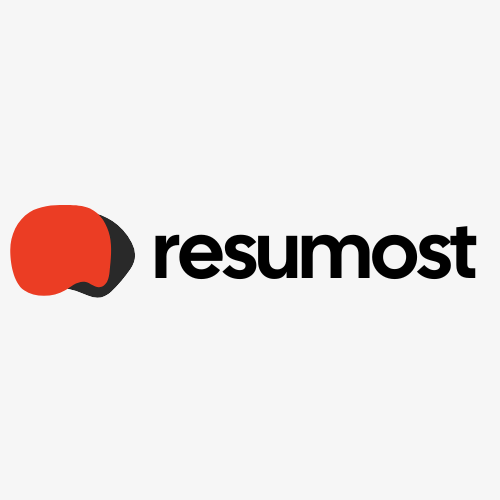How to Build a Personal Brand That Truly Represents You
Stop blending in. Learn how to define, build, and grow a powerful personal brand that reflects your true self and opens up new career opportunities with our step-by-step guide.
What Exactly Is a Personal Brand (And Why Should You Care)?
Think of your favorite companies. They have logos, slogans, and a certain feeling associated with them. A personal brand applies that same concept to an individual. It’s not about being fake or creating a persona; it's about being intentional with how you present your authentic self to the world.
A well-defined personal brand:
- Builds Credibility: It positions you as an expert in your field.
- Creates Opportunities: People remember and recommend those who stand out.
- Fosters Trust: Authenticity and consistency make you more relatable and trustworthy.
- Guides Your Career: It acts as a compass, helping you make decisions that align with your long-term goals.
The 5-Step Blueprint for Building Your Personal Brand
Building a brand doesn’t happen overnight, but you can lay a powerful foundation by following these five steps.
Step 1: Uncover Your Authentic Self
Before you can build a brand, you need to know what you're building it on. This is the most important step, so don't rush it. Grab a notebook and ask yourself:
- What are my core values? (e.g., creativity, integrity, community, efficiency)
- What am I genuinely passionate about? (What topics could I talk about for hours?)
- What are my greatest strengths? (Ask friends or colleagues if you're unsure!)
- What unique experiences have shaped my perspective?
The goal here isn't to be perfect. It's to be real. Your quirks and unique journey are what make your brand memorable.
Step 2: Define Your Niche and Audience
You can't be everything to everyone. Trying to appeal to the entire world will only dilute your message. Instead, get specific about who you want to reach.
- Who is your target audience? Is it recruiters in the tech industry? Potential freelance clients in the wellness space? Fellow creatives in your city?
- What problem do you solve for them? People are drawn to those who can help them. Frame your skills as solutions. For example, a "graphic designer" becomes someone who "helps small businesses create beautiful, user-friendly websites that convert."
Step 3: Craft Your Core Message
Now, let's distill your self-discovery into a clear and compelling message. This is your personal brand statement, or elevator pitch. It should quickly answer the questions: "Who are you?", "What do you do?", and "Why does it matter?"
A simple formula is: "I help [Your Audience] do [The Solution] so that they can [The Result]."
For example: _"I help busy professionals organize their finances so that they can build long-term wealth with confidence."_
Your message should be clear and consistent across all your professional materials. From your LinkedIn bio to your personal website, it should tell a cohesive story. This is especially true for your resume; a polished document that aligns with your brand is crucial. If you need help shaping your professional story, a tool like resumost.com can guide you in crafting a resume that truly reflects your unique value.
Step 4: Build Your Online Home and Be Consistent
Your online presence is your brand's storefront. Choose a few key platforms where your target audience hangs out and focus your energy there.
- LinkedIn: This is non-negotiable for almost any professional. Optimize your profile with a professional headshot, a compelling headline that reflects your core message, and a detailed summary.
- Other Platforms: Depending on your field, consider Twitter (for sharing quick insights), Instagram (for visual work), or a personal blog/portfolio (for deep-dives and showcasing projects).
- Consistency is Key: Use the same professional headshot, a similar bio, and a consistent tone of voice across all platforms. This helps people recognize you instantly.
Step 5: Engage, Share, and Provide Value
A personal brand isn't a megaphone; it's a conversation. Don't just broadcast your achievements. Actively participate in your community.
- Share valuable content: Post articles, insights, or tips that will help your audience.
- Engage with others: Comment thoughtfully on posts from people in your network. Answer questions and offer help.
- Network authentically: Connect with people you admire, not just to ask for something, but to build genuine relationships.
Your Brand Is a Journey, Not a Destination
Finally, remember that your personal brand will evolve as you grow and learn. Revisit your values and goals periodically and don't be afraid to adjust your message.
By being intentional, authentic, and consistent, you can build a personal brand that not only reflects who you are but also actively works to open doors you never thought possible.
© 2026 Resumost.
We love that you're reading our work! Please note that this content is our own. If you'd like to share or re-post it, please reach out to us for permission first. Unauthorized scraping of this site is not permitted.

The Resumost Team
Resumost instantly creates a compelling, professional letter based on your newly tailored resume and the specific job you're targeting.
